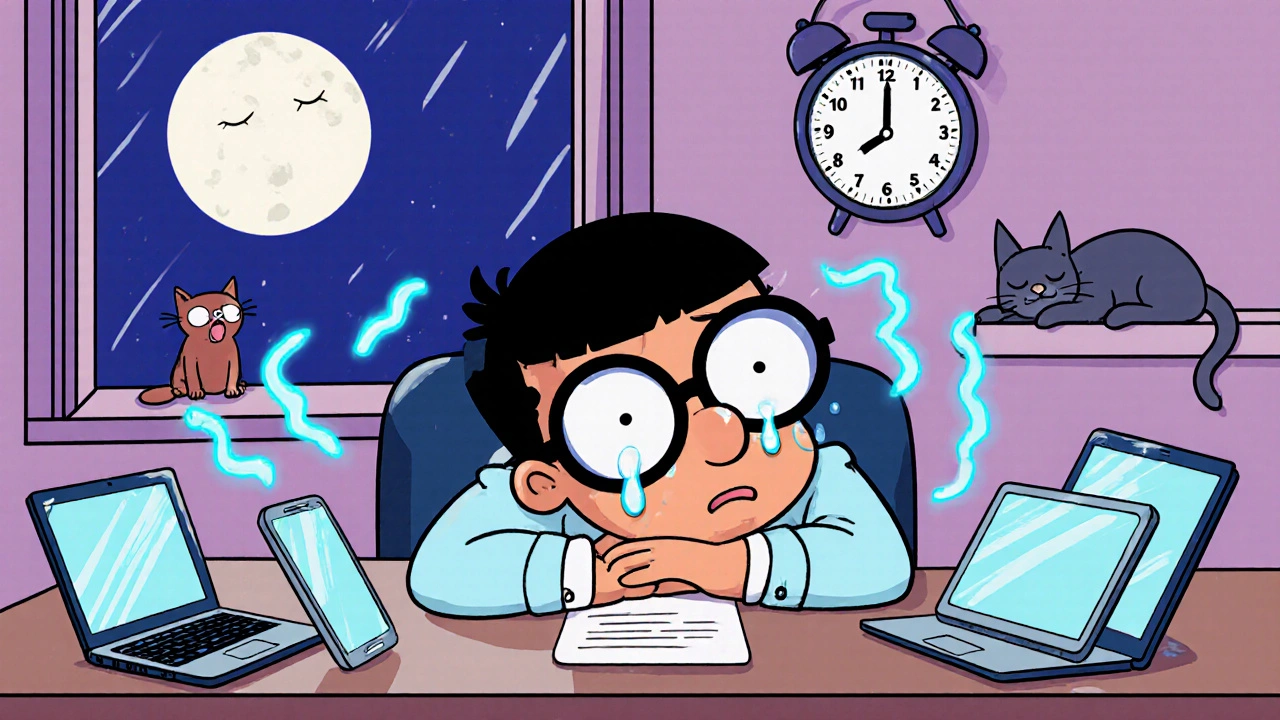
Most people spend over six hours a day looking at screens. Whether it’s work, scrolling, or binge-watching, our eyes are under constant strain from the blue light emitted by phones, laptops, and tablets. You’ve probably heard that blue light is bad for your eyes-but is it really? And if it is, what actually helps?
What Is Blue Light, and Why Does It Matter?
Blue light is part of the visible light spectrum, with wavelengths between 415 and 455 nanometers. It’s high-energy, short-wavelength light. Your phone, LED lights, and computer screens all emit it. Unlike UV light, which your cornea and lens block, blue light passes right through to your retina.
At high intensities, this light can trigger chemical reactions in eye cells. A 2018 NIH study showed that exposure to 450 nm blue light at moderate levels reduced corneal cell viability by nearly 40%. It also ramps up oxidative stress and inflammation in the eye. That’s not just theory-these changes happen in real human tissue.
But here’s the twist: not all blue light is the same. The kind from your screen is nowhere near as intense as sunlight. The real issue isn’t permanent damage for most people-it’s discomfort and sleep disruption.
Blue Light and Sleep: The Real Culprit
If you’ve ever scrolled in bed and then struggled to fall asleep, you’ve felt blue light’s biggest impact. Your body uses light to regulate melatonin, the sleep hormone. Blue light, especially around 480 nm, is the most potent suppressor of melatonin.
Harvard research found that 6.5 hours of blue-rich light at night suppressed melatonin for over 1.5 hours longer than green light. It also shifted your internal clock by three hours-enough to mess up your entire sleep cycle.
That’s why turning on night mode two hours before bed boosts melatonin by 58%, according to University of Toronto data. It’s not magic-it’s biology. Your brain doesn’t know the difference between a sunset and a phone screen. If it’s bright and blue, it thinks it’s daytime.
Do Blue Light Glasses Work?
There are two types: clear lenses with a slight blue-blocking coating, and amber-tinted glasses that block more light. The clear ones? They typically block only 10-25% of blue light. Independent tests by Consumer Reports found some brands claiming 20% reduction actually delivered just 12%.
Amber glasses block 65-100% of blue light. They’re more effective, but they change how you see color. A 2022 University of Manchester study showed they reduce visual acuity by over 8% in tasks requiring color accuracy-think graphic designers, photographers, or even checking a spreadsheet with red/green indicators.
On Amazon, blue light glasses average 4.1 stars from over 187,000 reviews. But look closer: 42% of one-star reviews say they saw no difference in eye strain. And 31% complain about the yellow tint making work harder.
So do they help? Maybe-if you’re sensitive to light or have trouble sleeping. But they’re not a cure-all. And for most people, they’re overkill.
The 20-20-20 Rule: The Only Proven Fix
Here’s what actually works: the 20-20-20 rule. Every 20 minutes, look at something 20 feet away for 20 seconds. Sounds simple? It is. And it’s backed by science.
A 2021 study in Optometry and Vision Science found this habit reduced eye strain by over 53%. Why? Because your eyes aren’t designed to focus on one distance for hours. When you stare at a screen, your focusing muscles lock up. That causes fatigue, headaches, and blurred vision.
It’s not about the light-it’s about the strain. People who follow this rule report less dry eyes, fewer headaches, and better concentration. And you don’t need glasses, apps, or filters. Just get up, look out the window, and breathe.
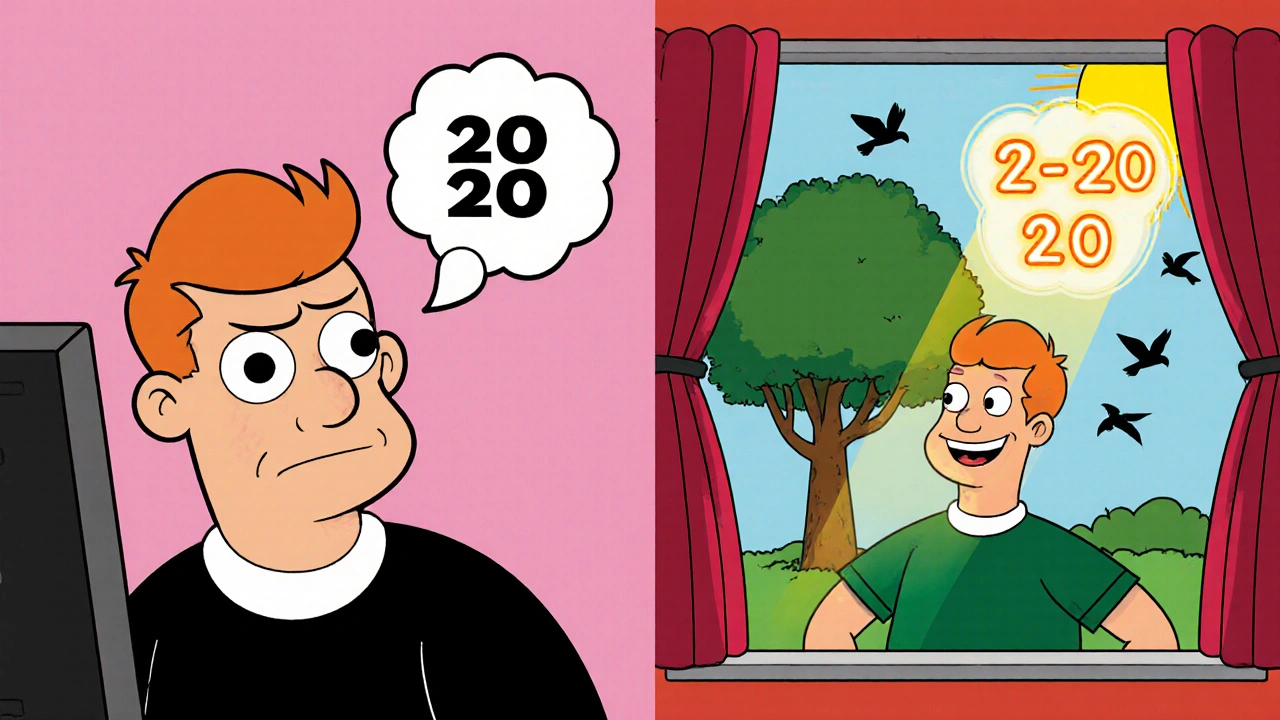
Screen Settings and Workspace Habits
Adjusting your screen brightness to match your room lighting cuts discomfort by 41%. If your screen is brighter than your surroundings, your eyes work harder. Aim for 300-500 lux in your workspace-about the brightness of a cloudy day.
Turn on night mode or use apps like f.lux or Apple’s Night Shift. But don’t just turn it on-set it to activate two hours before bed. And make sure it’s on every device: phone, tablet, laptop, even your smart TV.
Distance matters too. Sitting too close-like 12 inches away-forces your eyes to focus harder. The American Optometric Association recommends 20-30 inches. That’s about arm’s length. If you’re leaning in, you’re straining.
And don’t forget your environment. Glare from windows or overhead lights makes screens harder to read. Use blinds, reposition your desk, or get an anti-glare screen protector. It’s cheaper than glasses and works better.
What About Supplements and Future Tech?
Some people take lutein and zeaxanthin-nutrients found in leafy greens and egg yolks. A 2024 study in Nature Communications showed that taking 10mg lutein and 2mg zeaxanthin daily increased natural eye filtration by 25%. That’s similar to wearing a low-grade blue light lens.
It’s not a magic pill, but it’s a smart addition if you’re already eating well. These nutrients build up in your macula, acting like internal sunglasses.
As for future tech: OLED screens are now being designed to emit less blue light at the source. Apple’s iOS 17.4 uses ambient light sensors to adjust color temperature dynamically. Samsung’s 2025 roadmap aims for 50% blue light reduction with almost no color distortion.
That’s the real future-not glasses you buy online, but screens that just work better for your eyes.
Why Most People Waste Money on Blue Light Products
The blue light filter market hit $3.12 billion in 2022. It’s growing fast. But here’s the truth: the American Academy of Ophthalmology says there’s no evidence blue light from screens damages your eyes.
That doesn’t mean nothing’s wrong. It means the problem isn’t blue light-it’s how we use screens. Staring too long. Sitting too close. Not blinking enough. Working in the dark.
Companies sell you glasses because they’re easy to market. But the real solution is behavioral. You don’t need to buy anything. You just need to change how you look at your screen.
Think of it like posture. You don’t buy a $200 chair to fix back pain-you sit up straighter. Same here. Your eyes don’t need a filter. They need a break.
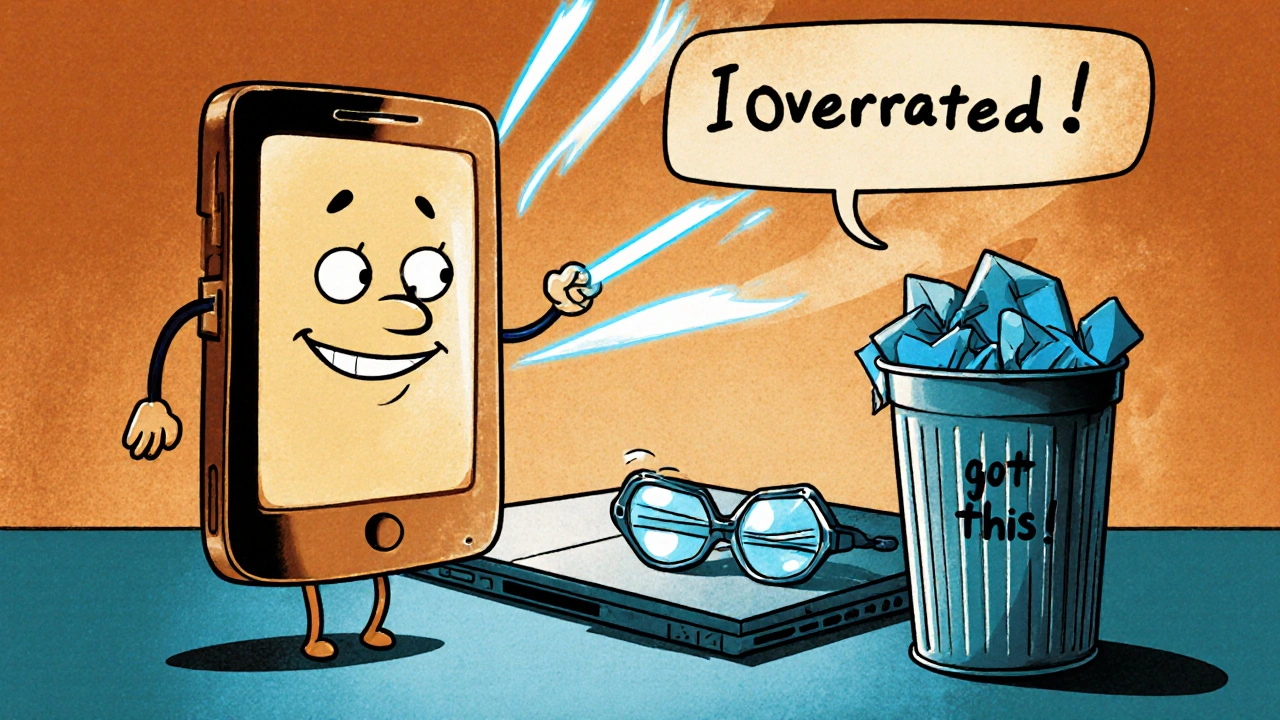
What Experts Actually Agree On
Dr. Martin Rosenberg from the NIH says blue light between 415-455 nm can cause damage. But he’s talking about lab conditions with intense, prolonged exposure-not your phone at night.
Dr. Stephen Lockley at Harvard confirms blue light disrupts sleep. He doesn’t say it burns your retina.
The American Academy of Ophthalmology says don’t waste money on glasses. But they also say take breaks, adjust lighting, and see your eye doctor if you’re uncomfortable.
They’re not contradicting each other. They’re giving you different pieces of the same puzzle.
Blue light at night? Yes, it messes with sleep. Blue light during the day? Probably not harmful. Eye strain? That’s from focus, not light.
The fix isn’t more tech. It’s better habits.
How to Build a Screen-Friendly Routine
Here’s a simple plan that works:
- Set a timer to remind you to look away every 20 minutes. Use your phone’s alarm or a free app like Time Out.
- Turn on night mode two hours before bed. Don’t skip it on weekends.
- Keep your screen at arm’s length. If you can’t read it without leaning, it’s too close.
- Match your screen brightness to the room. If your screen looks like a flashlight in a dark room, dim it.
- Get up and walk around every hour. Stretch your neck, shoulders, and eyes.
- Consider lutein and zeaxanthin if you’re not eating enough greens. Talk to your doctor first.
Stick with this for three weeks. That’s how long it takes for habits to stick. After that, you’ll notice fewer headaches, less dry eyes, and better sleep-without spending a dime.
Final Thought: Your Eyes Are Built to Handle Light
Your eyes evolved under sunlight. They’re not fragile. They’re resilient. The problem isn’t the light-it’s the way we trap ourselves in front of screens for hours, forgetting to blink, to move, to look away.
You don’t need special glasses. You don’t need expensive filters. You just need to remember: your eyes need rest. Not a product. Not a filter. Just a break.
Do blue light glasses really help with eye strain?
For most people, no. Blue light glasses may help with sleep if worn at night, but they don’t reduce eye strain significantly. The 20-20-20 rule and proper screen positioning work better and cost nothing. Clear lenses with blue light filtering offer minimal benefit-often less than 20% reduction-and don’t address the root cause: prolonged focusing.
Is blue light from screens dangerous for my retina?
There’s no strong evidence that screen blue light causes permanent retinal damage. Lab studies show harm at very high intensities-not what you get from phones or laptops. The American Academy of Ophthalmology states there’s no proof it harms eyes. The real risks are temporary eye strain and sleep disruption, not blindness or macular degeneration.
Should I use night mode on my phone and computer?
Yes-if you use screens before bed. Night mode reduces blue light exposure, which helps your body produce melatonin. Studies show it increases melatonin by 58% compared to standard settings. Set it to turn on automatically two hours before sleep. Don’t rely on it during the day-it can make colors look unnatural for work.
How long should I take breaks from screens?
Follow the 20-20-20 rule: every 20 minutes, look at something 20 feet away for 20 seconds. This reduces eye strain by over 50%. If you’re working for hours, get up and walk around for 5 minutes every hour. Blinking and moving your eyes are just as important as resting them.
Are blue light-blocking supplements worth taking?
Lutein and zeaxanthin supplements may help by boosting natural filters in your eyes. A 2024 study showed they increased blue light filtration equivalent to 25% of what blue light glasses claim. But they’re not a substitute for good habits. Eat leafy greens, eggs, and corn regularly-these foods naturally contain these nutrients. Supplements are only useful if your diet lacks them.
Will future screens eliminate the need for blue light filters?
Yes, slowly. New OLED and quantum dot displays are being designed to reduce blue light at the source. Apple’s iOS 17.4 already adjusts color temperature based on ambient light. Samsung’s 2025 roadmap targets 50% blue light reduction without color distortion. As hardware improves, aftermarket filters and glasses will become less necessary-and less effective.

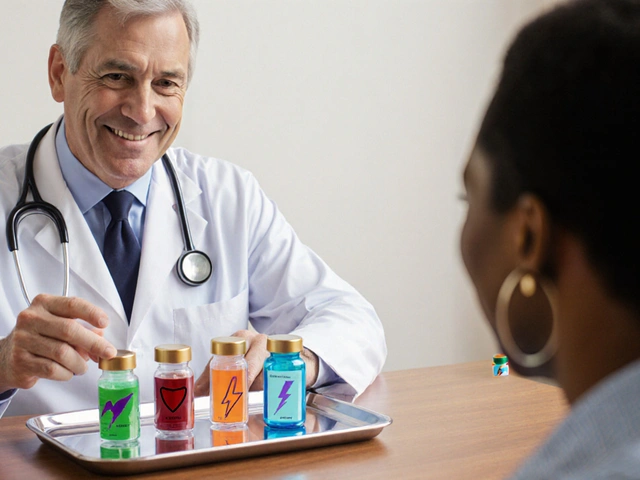
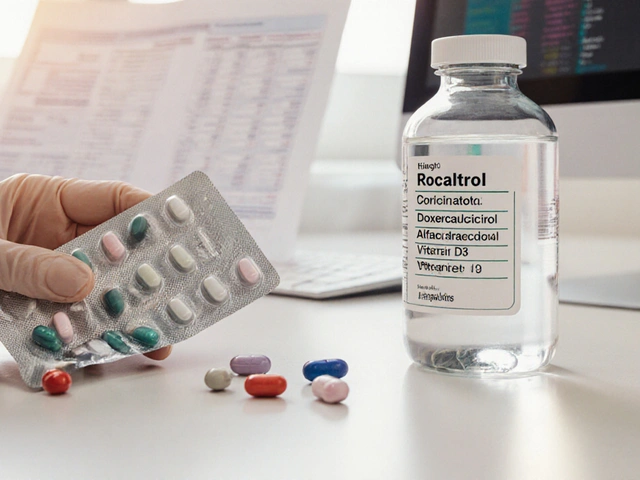

Scott Macfadyen
November 18, 2025Been using the 20-20-20 rule for months now. My eyes don’t feel like sandpaper at the end of the day anymore. No glasses, no apps, just looking out the window like a human being. Seriously, it’s stupid simple.
Chloe Sevigny
November 19, 2025It’s fascinating how the market has successfully pathologized a natural sensory input-blue light-into a consumerist crisis. The real pathology is our collective capitulation to algorithmic captivity, where we mistake ergonomic neglect for optical pathology. Blue light glasses are the fidget spinner of digital wellness: a placebo with a premium price tag and zero epistemic rigor.
Meanwhile, the 20-20-20 rule, a behavioral intervention with zero commercial infrastructure, remains the most underfunded, unbranded, and profoundly radical act of self-care in the 21st century.
Andrea Johnston
November 21, 2025OH MY GOD I JUST REALIZED I’VE BEEN STARING AT MY LAPTOP FOR 3 HOURS WITHOUT BLINKING AND NOW MY EYES ARE CRYING LITTLE TEARS OF DESPAIR 😭
Also, I bought blue light glasses last week and now I feel like I’m living in a 1980s diner. My coffee looks like urine. My emails look like they’re written in mold. I’m not sure if I’m protecting my retina or just my aesthetic.
Alex Czartoryski
November 21, 2025Anyone else notice how the AAO says ‘no evidence’ but then immediately says ‘see your eye doctor’? That’s not a disclaimer-that’s a loophole. They’re not saying it’s safe, they’re saying ‘we don’t have the data to sue you, but if you go blind, don’t blame us.’
And lutein supplements? Yeah, sure. I’ll just eat spinach every day. I’m not a rabbit. I’m a guy who eats ramen and pretends it’s a ‘meal.’
Victoria Malloy
November 21, 2025This post made me feel so much better. I’ve been feeling guilty for not buying those glasses, but now I realize I just needed to get up and stretch. I’m gonna try the 20-20-20 rule tomorrow. Thank you for the gentle reminder.
Gizela Cardoso
November 21, 2025Love how you broke this down without shaming anyone. I used to think I needed fancy tech to fix my eye strain. Turns out I just needed to stop staring at my phone while lying in bed like a zombie. Small changes, big difference.
Don Angel
November 23, 2025Just to be clear: the 20-20-20 rule isn't a suggestion-it's a biological necessity. Your eyes aren't designed to lock onto a 2D plane for hours. And if you're not blinking, you're essentially drying out your cornea. That's not 'eye strain'-that's slow-motion damage. Don't wait until you need drops just to read your own email.
benedict nwokedi
November 24, 2025Who funded this study? Apple? Samsung? The same companies that make screens that emit blue light and then sell you ‘night mode’ as a fix? This is a distraction tactic. The real agenda? Keep you addicted to your device so you buy the next model. Blue light is a smokescreen. The real enemy is surveillance capitalism.
They don’t want you to look away-they want you to look longer. And if you think a $20 pair of glasses fixes that, you’re part of the problem.
deepak kumar
November 25, 2025In India, we used to call this ‘computer eye’-and grandmas always said, ‘look at the tree outside, beta.’ Turns out, they were right. No glasses needed. Just go outside. Even for 30 seconds. The sun is the original blue light filter.
Also, lutein? Eat more spinach, eggs, and carrots. No pill needed. Your great-grandma knew more than your tech influencer.
Dave Pritchard
November 26, 2025For anyone feeling overwhelmed by all this info-start with one thing. Maybe night mode. Maybe the 20-20-20 rule. Don’t try to fix everything at once. Tiny steps build lasting habits. You don’t need perfection, just consistency.
kim pu
November 28, 2025Blue light? Pfft. I think it’s all a psyop. They’re just trying to make us think our eyes are broken so we’ll buy more screens with ‘better’ tech. Meanwhile, I’ve been staring at my phone in total darkness for 10 years and I can still read a book in the dark. My eyes are titanium. 💪
Erica Lundy
November 28, 2025The epistemological framework underpinning the discourse on blue light reveals a profound disjunction between physiological reality and commercial narrative. The conflation of photobiological thresholds-established under controlled, high-intensity laboratory conditions-with ambient, low-dose, diurnal exposure constitutes a category error of considerable magnitude.
Furthermore, the commodification of behavioral adaptation through proprietary optical filters represents a classic instance of medicalization of inconvenience. The 20-20-20 rule, as a non-instrumental, non-commercial, and phenomenologically grounded intervention, remains the most ethically coherent and empirically validated response.
One might argue that the persistence of the blue light myth reflects not a failure of public understanding, but a triumph of marketing logic over scientific literacy.
Denise Cauchon
November 29, 2025My mom says I’m gonna go blind from scrolling. She’s right. But I’m not buying glasses-I’m buying a new phone with ‘better’ blue light tech. Because if my eyes are dying, at least they’ll die looking at a 120Hz OLED screen. 💀